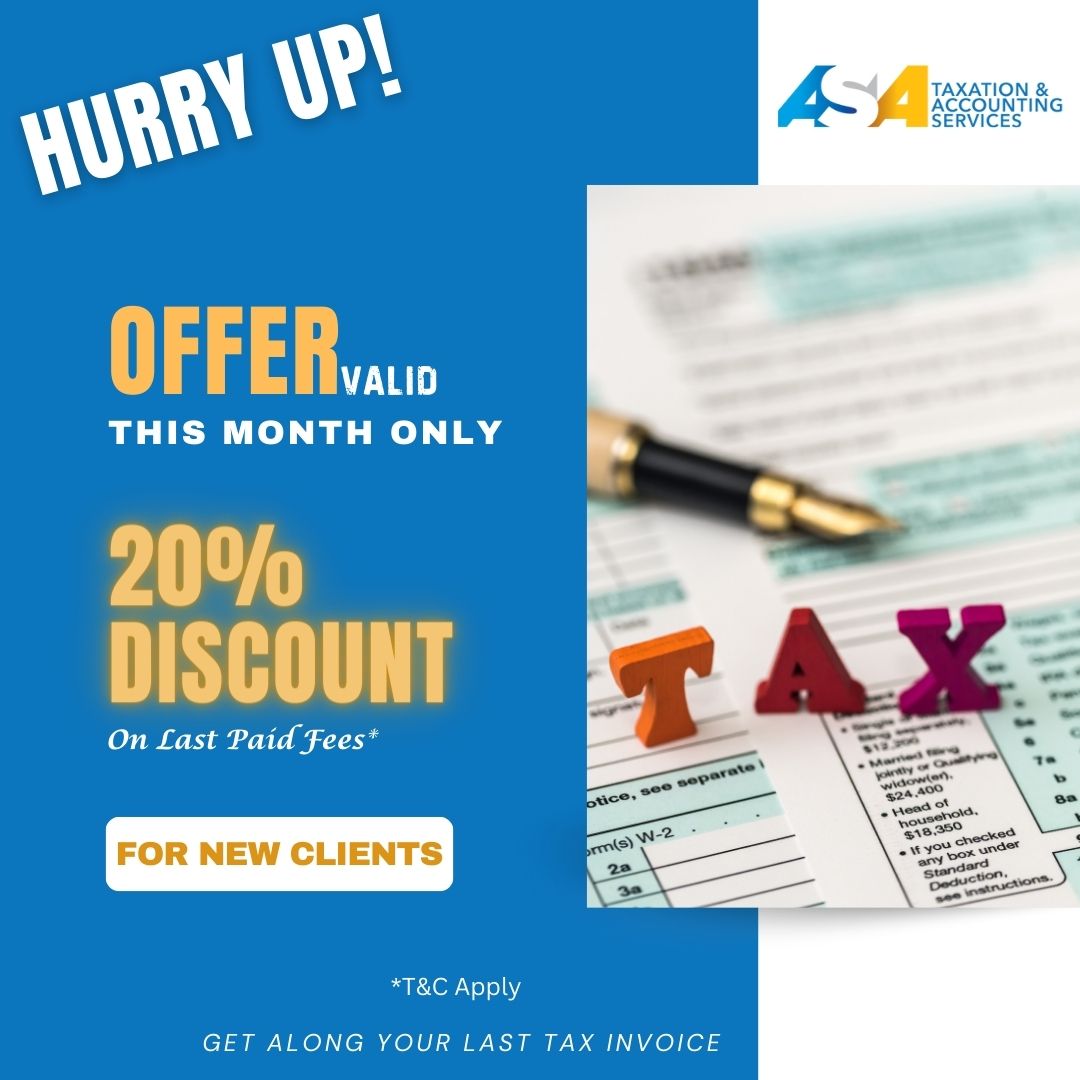Handling a sole trader tax return can be a complex task, especially with the various regulations and requirements that Australian taxation laws entail. For sole traders, it’s crucial to be well-informed about the best practices and tax tips that can simplify this process. By implementing these strategies, you can handle the intricacies of tax obligations with greater ease, ensuring that you meet all necessary legal requirements without unnecessary stress.
Moreover, understanding these key tax tips allows sole traders to make the most of available deductions, thereby reducing their overall tax liability. Streamlining your tax reporting not only saves time but also minimises the chance or risk of errors that could lead to penalties. Adopting a proactive approach to managing your tax return will help you maintain financial health and compliance, giving you ample time to focus on growing your business.
1. Keep Accurate and Organized Records
Maintaining accurate and organised records is essential for every sole trader. This includes or involves keeping track of all expenses and income throughout the financial year. An organised system, whether digital or manual, simplifies the process when it’s time to lodge a tax return for a sole trader. Consider categorising expenses such as office supplies, travel costs and utility bills. Not only does this make it easier to prepare your sole trader tax return, but it also helps identify all possible deductions.
2. Understand Your Deductible Expenses
One of the key ways to reduce your taxable income is by claiming all allowable deductions. Common deductible expenses for sole traders include:
- Home office costs
- Vehicle expenses related to business use
- Business-related travel expenses
- Work-related education and training
- Marketing and advertising costs
It’s important to ensure that these expenses are directly related to earning your income as a sole trader. For instance, claiming a portion of your home office expenses could significantly reduce your tax liability. You can optimise your sole trader tax return by understanding and identifying these deductible expenses.
3. Set Aside Money for Taxes
As a sole trader, it’s crucial to set aside money for taxes throughout the year. Unlike the esteemed employees who have taxes automatically withheld from their pay, sole traders must ensure they have enough funds to cover their tax obligations when they lodge their tax returns. A good practice is to regularly transfer a percentage of your income into a different or separate bank account designated for tax purposes. This prevents any surprises when it’s time to lodge your sole trader tax return.
4. Stay Updated with Tax Obligations
Tax laws and obligations for sole traders can change frequently, so staying updated is vital. Make it a habit to review any changes in tax regulations annually, especially before lodging your sole trader tax return. Being aware of changes ensures compliance and helps you avoid penalties. Resources such as the Australian Taxation Office (ATO) website provide valuable information on current tax obligations.
5. Lodge Your Tax Return on Time
Timely submission of your tax return is essential to avoid late fees and penalties. For sole traders, the deadline for lodging a tax return for sole traders is typically October 31. However, if you use a registered tax agent, you may have an extended deadline. Make sure you understand the due dates and aim to lodge your return well before the deadline to avoid any last-minute stress. This also gives you enough time to rectify any issues that might arise during the process.
6. Consider Hiring a Professional Accountant
While many sole traders prefer to handle their tax affairs independently, hiring a professional accountant can be a worthwhile investment. Accountants specialising in sole trader taxation, like those at Tax and Accounting Westmead, can provide valuable advice, help you maximise deductions and ensure that your sole trader tax return is lodged accurately. They can also offer guidance on more complex tax issues, such as GST registration and quarterly Business Activity Statements (BAS).
7. Review a Sole Trader Tax Return Example
Before lodging your tax return, it can be helpful to review an example of a sole trader tax return. This gives you an idea of what to expect and how to complete each section of your return. Examples often illustrate how to report income, claim deductions and apply any tax offsets. By reviewing examples, you can avoid common mistakes and ensure your tax return is accurate and complete.
8. Use Tax Solutions to Simplify the Process
Technology has made it easier than ever for sole traders to manage their tax affairs. Various tax solutions, including accounting software and apps, are designed specifically for sole traders. These tools can track income and expenses and even generate reports that simplify the preparation of your sole trader tax return. By using these tax solutions, you can save plenty of time and reduce the likelihood of errors in your tax reporting.
Why Choose ASA Taxation & Accounting Services?
By following these eight tips, sole traders can better manage their tax obligations and avoid common pitfalls. Whether you’re just starting out or have been running your business for years, these practices can help streamline your tax processes and maximise your returns. Ensuring compliance and making the most of your deductions is key to maintaining a healthy financial foundation for your business.
Navigating the intricacies of tax reporting as a sole trader can be difficult and challenging, but with the right support, it doesn’t have to be. At ASA Taxation & Accounting Services, we specialise in providing tailored tax solutions for sole traders. Whether you need help with your sole trader tax return, advice on allowable deductions, or assistance in understanding your tax obligations, our team of experienced professionals is here to help. Contact us today to ensure your tax affairs are in order and take the stress out of tax time.


